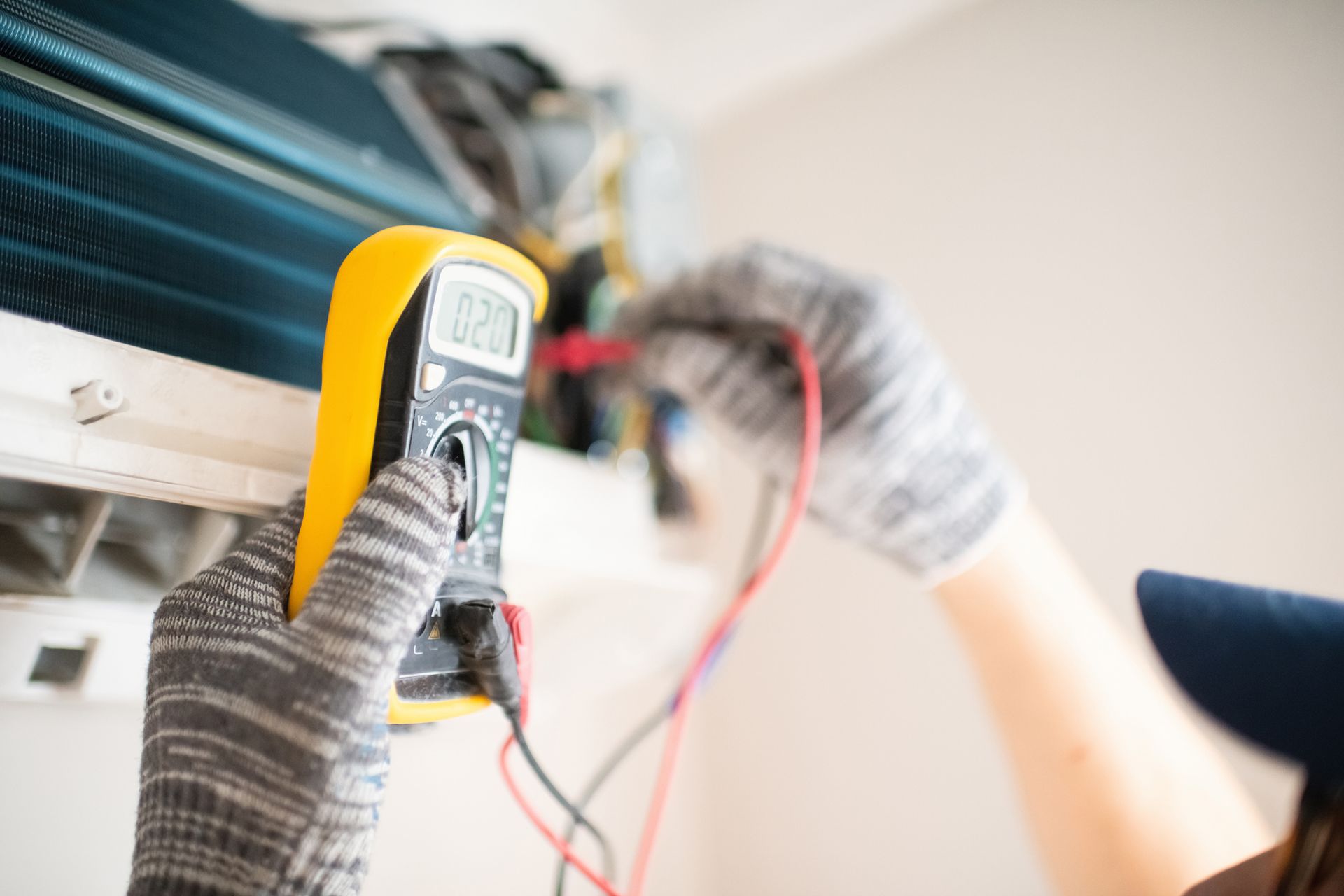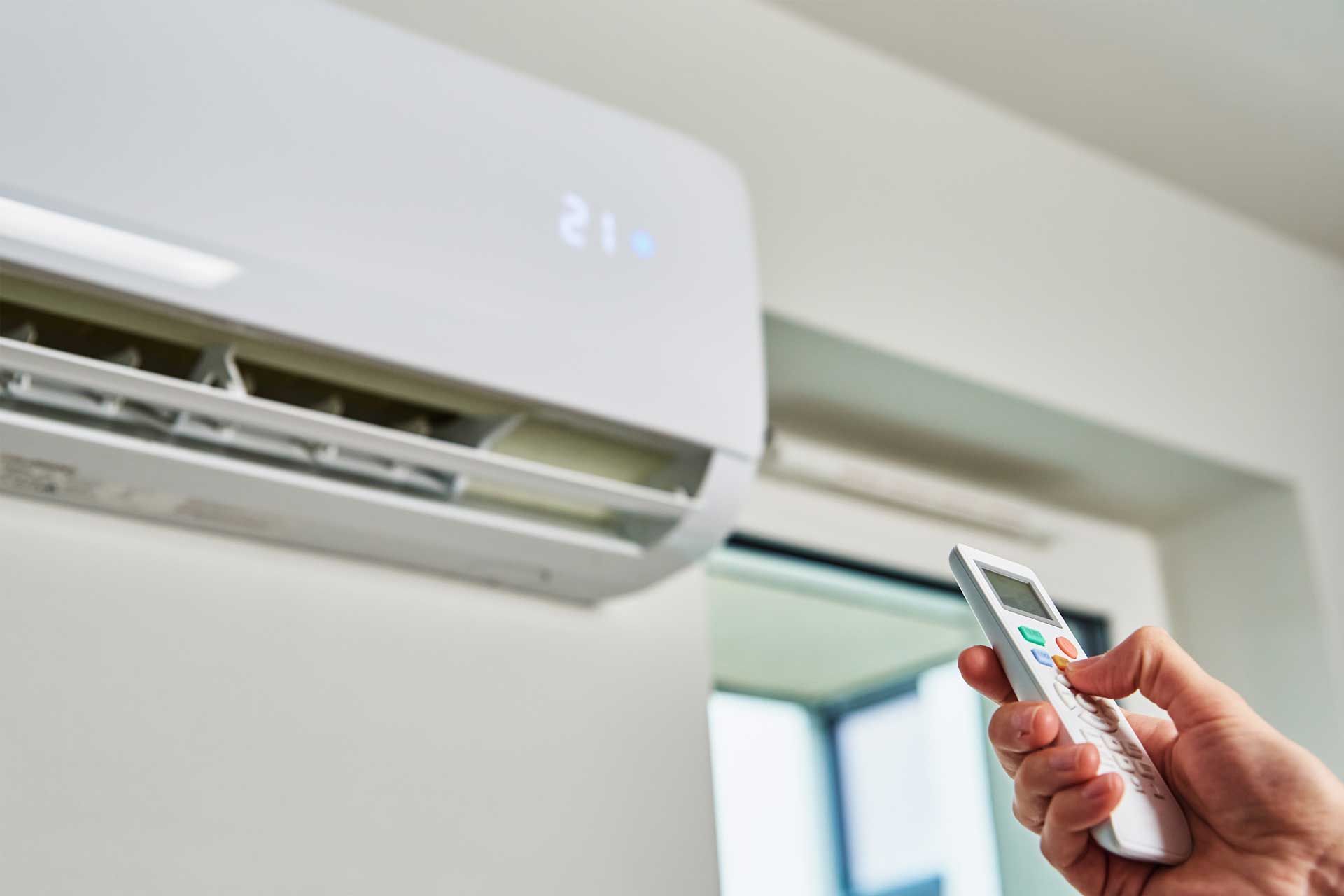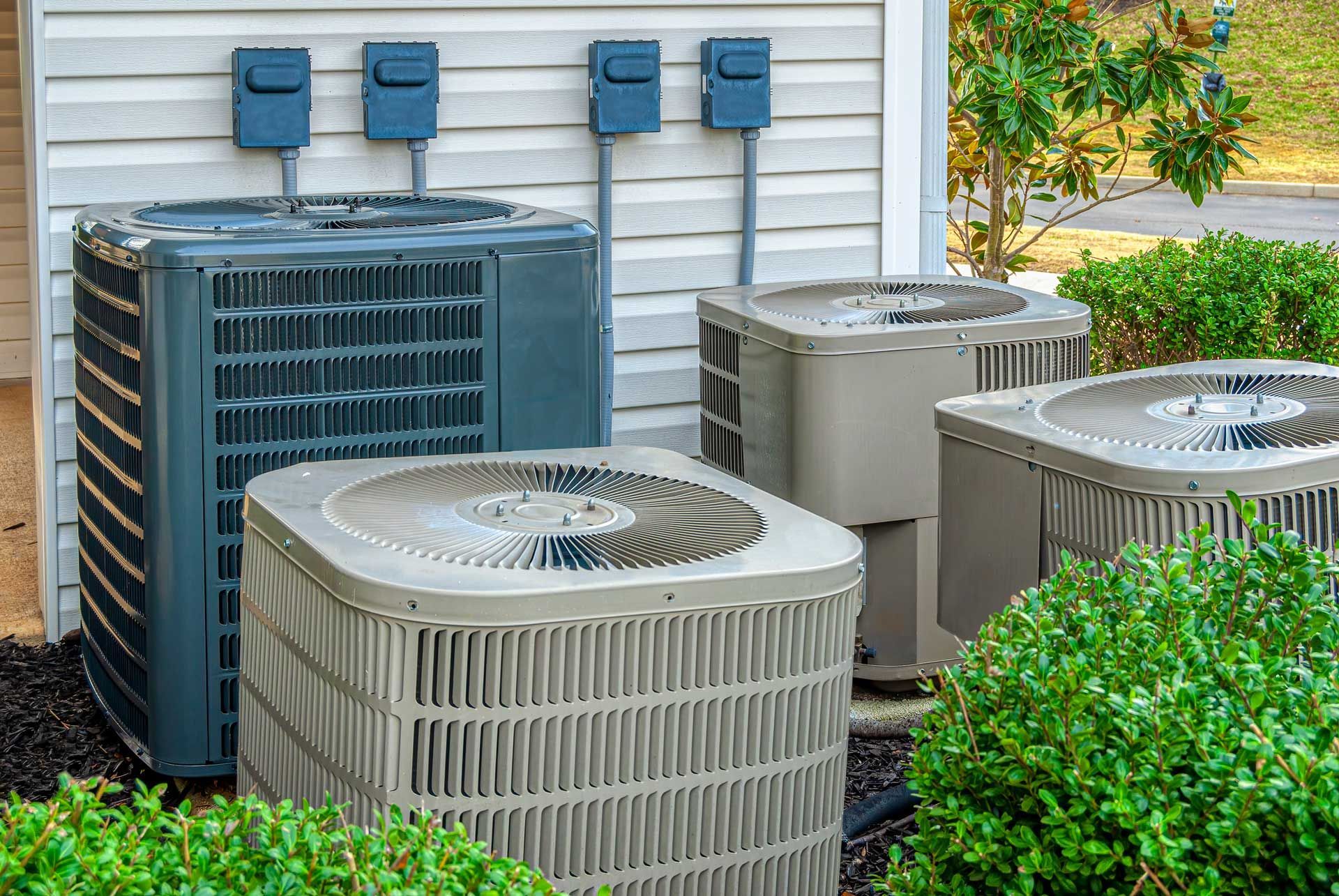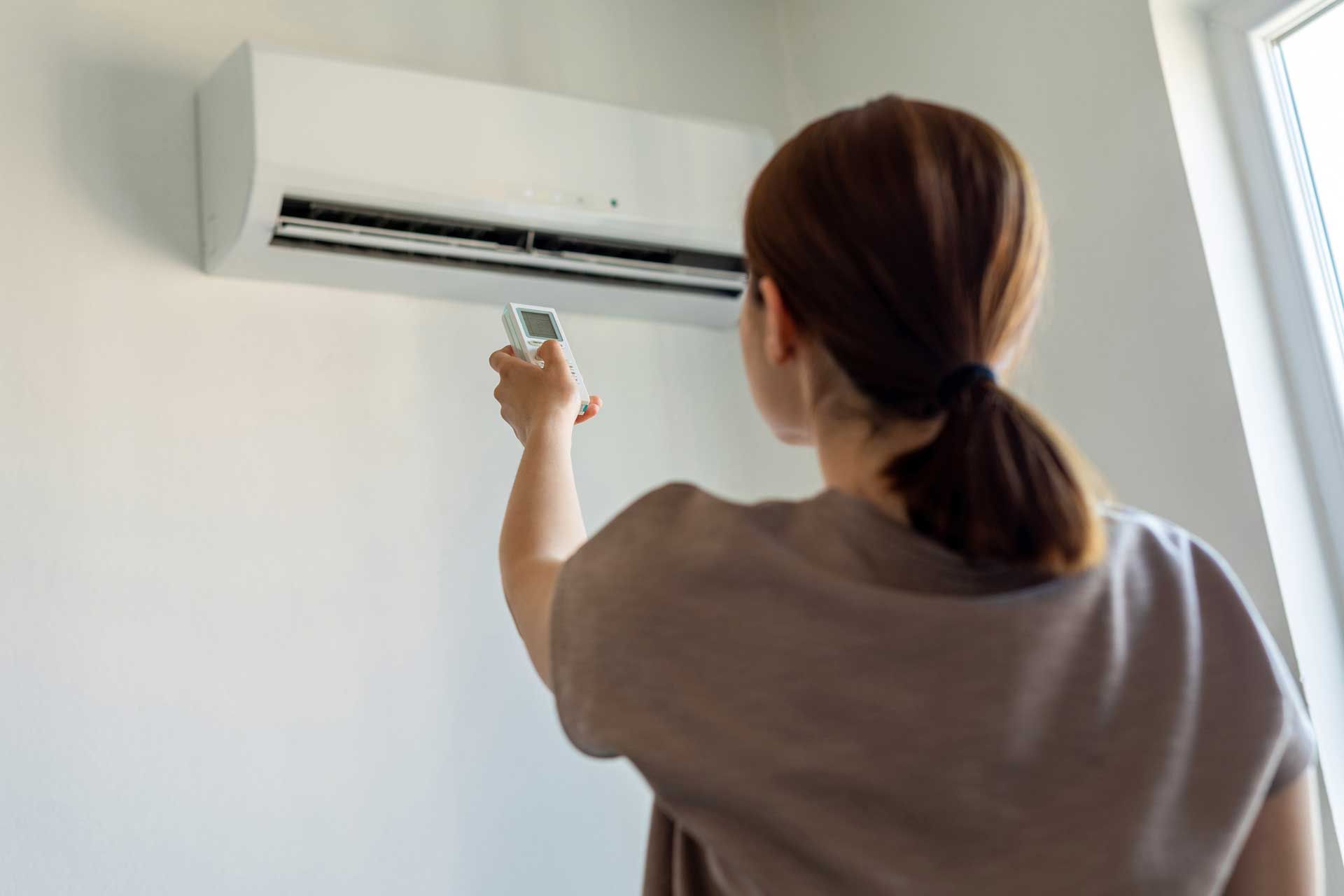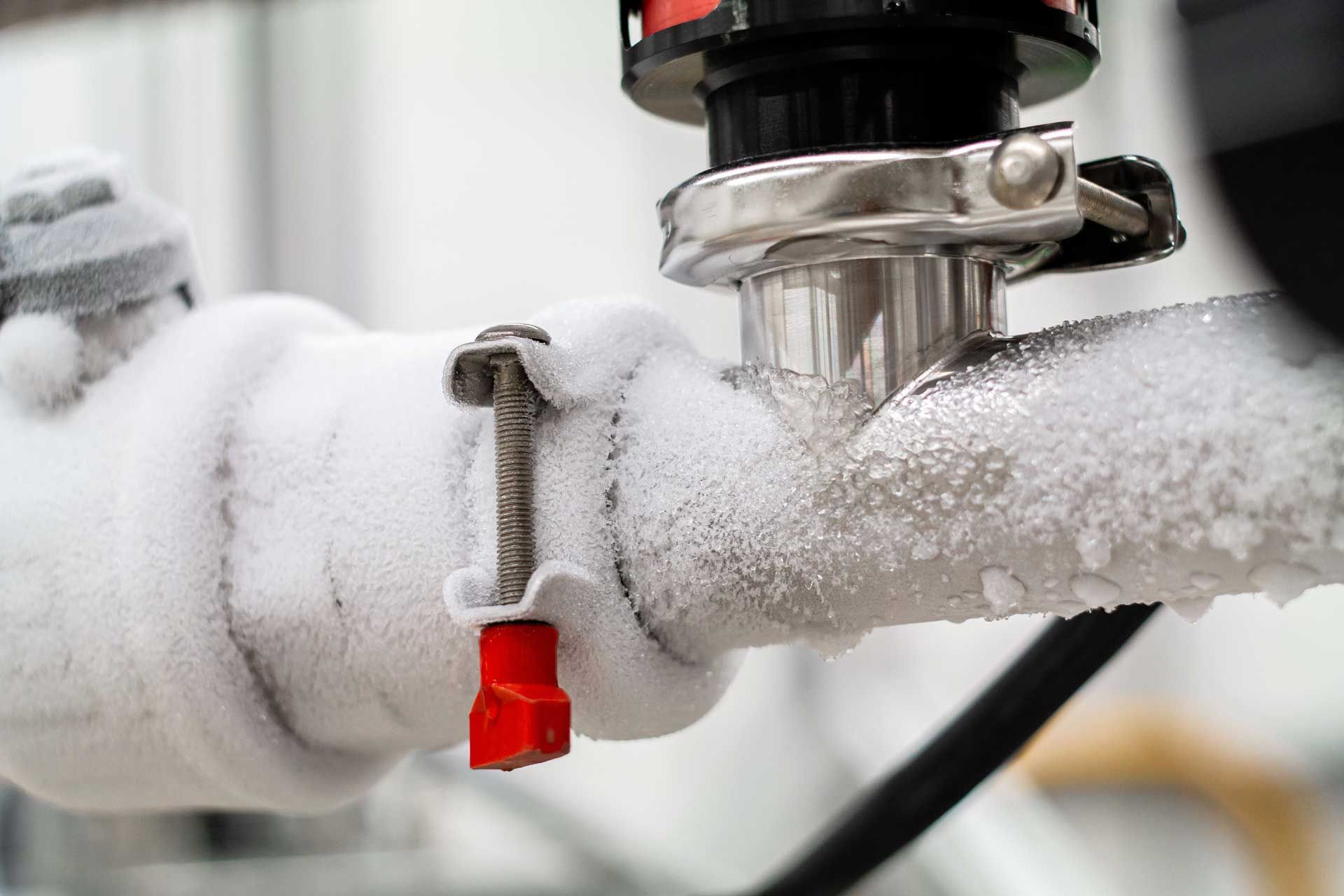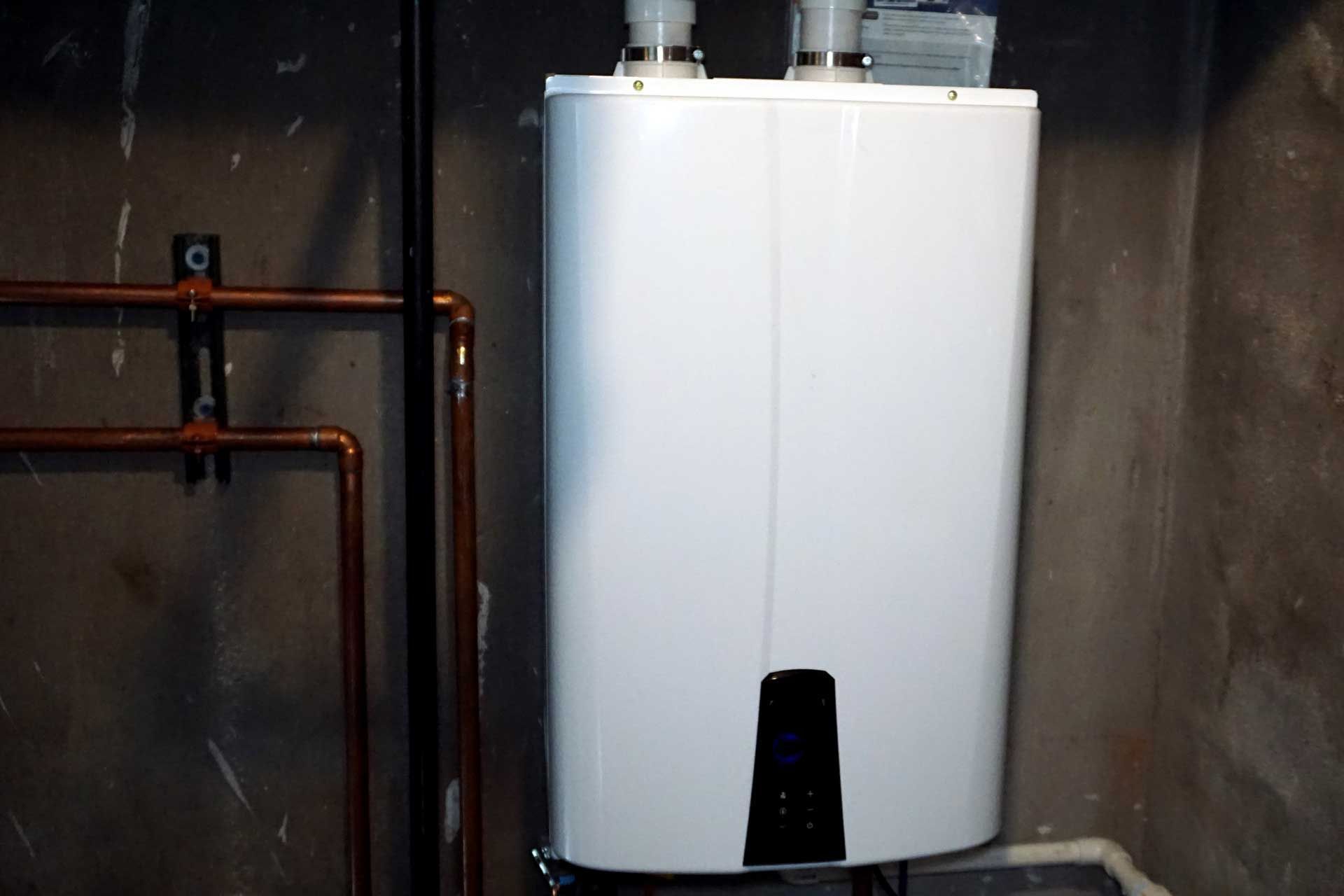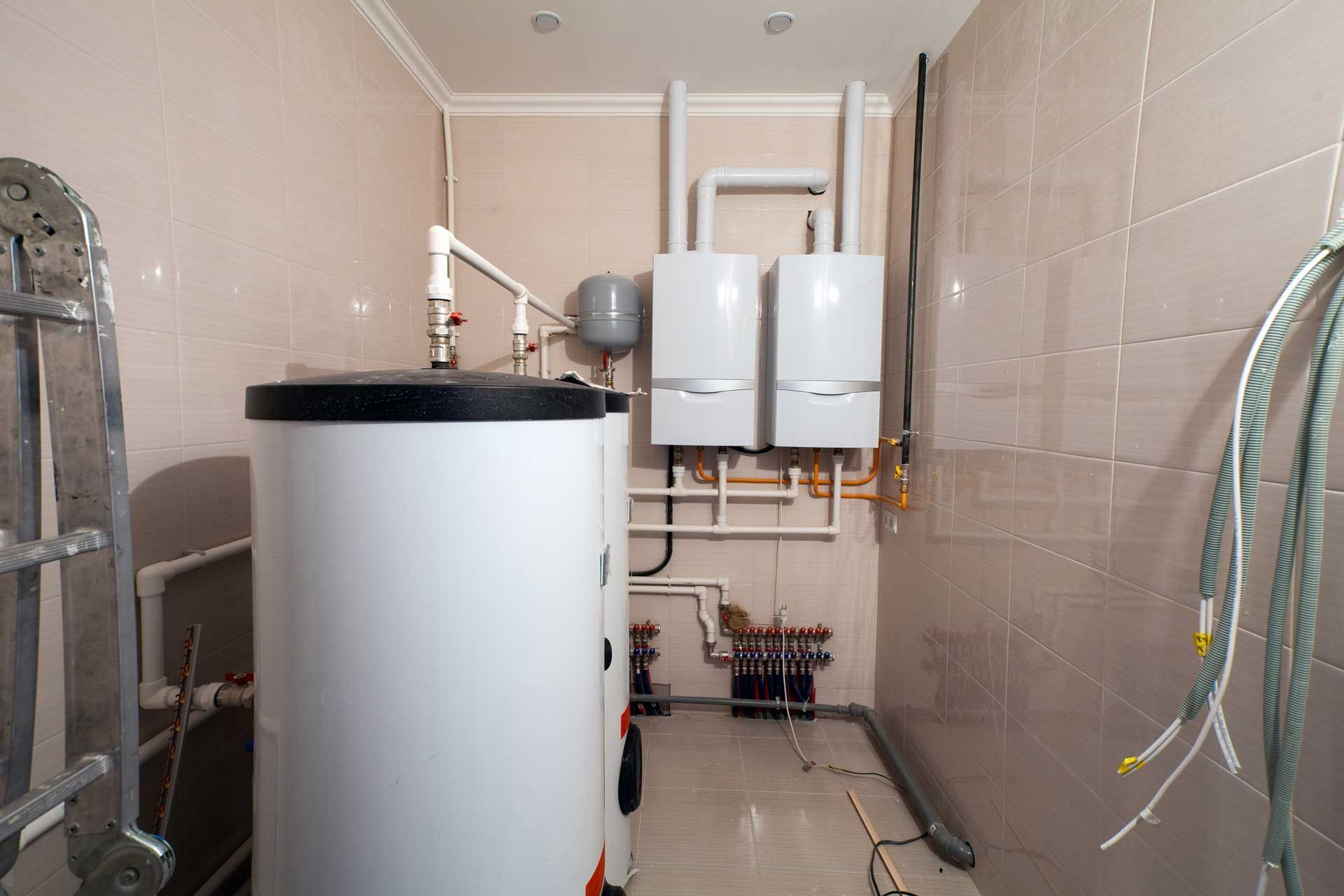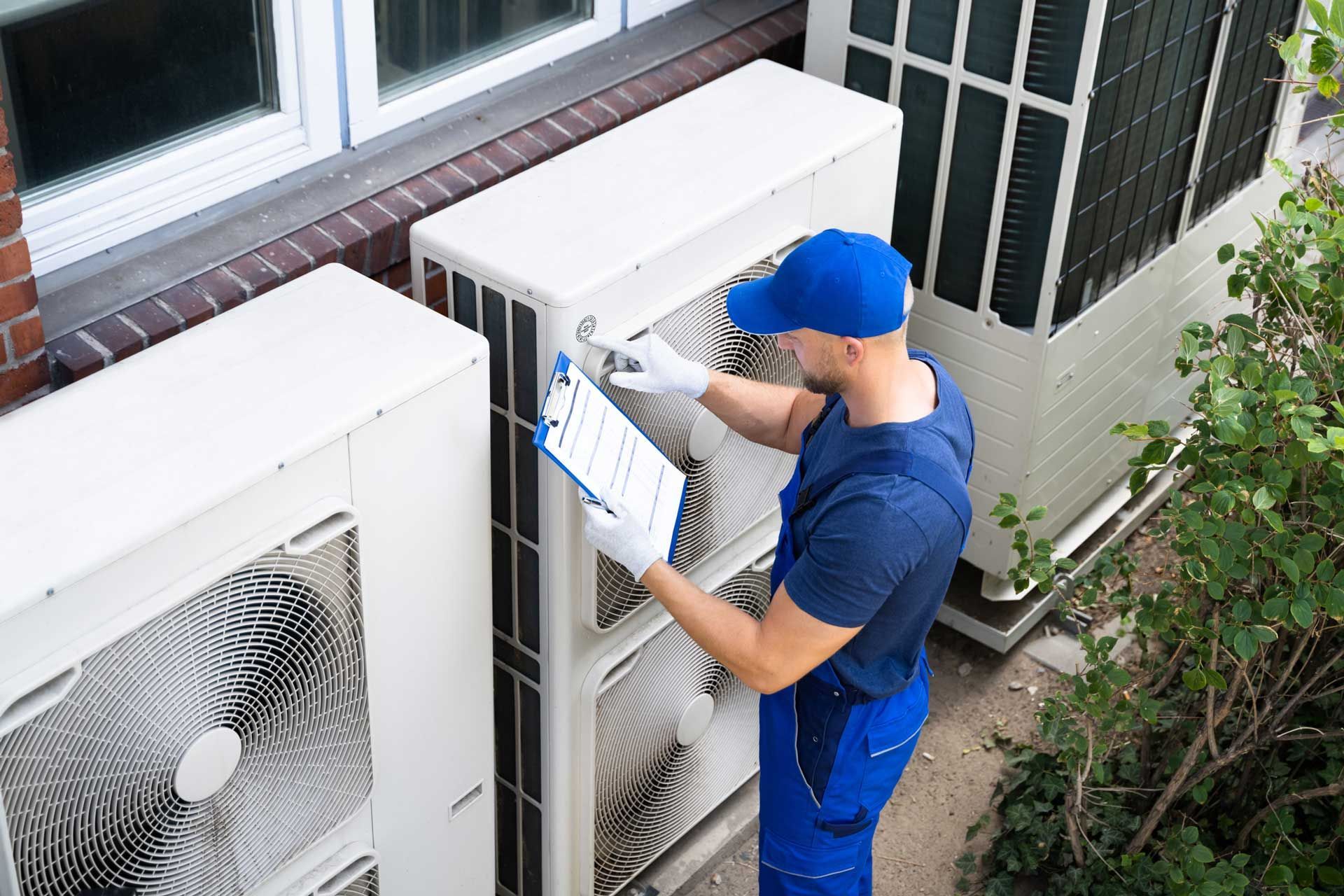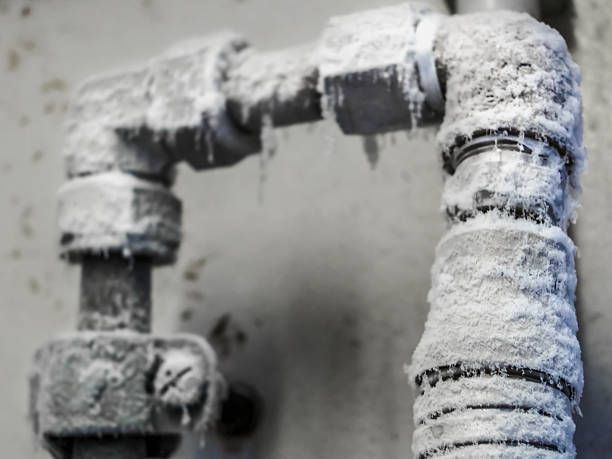How to Prevent Pipes From Freezing
April 27, 2018
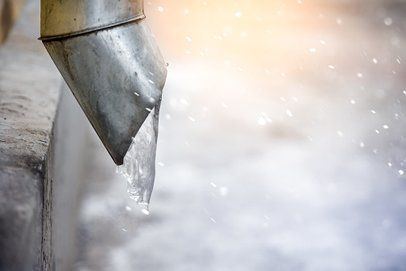
The winter weather is here and the temperatures are dropping — rapidly. Turning up the thermostat and heating your home is the first step to creating a comfortable indoor environment.
Even though the air in your space may feel warm, it's possible that it isn't reaching every area of your home. Pipes that are exposed to the cold winter air can freeze, and a frozen pipe won't allow water to get through, causing issues when you try to use your plumbing system. Beyond the annoyance of water that won't flow, frozen pipes can burst, resulting in serious water damage to your home.
What can you do to prevent your pipes from freezing? The obvious answer is to keep the heat set to a high temperature. But given that every home has some unheated or low-heated areas, on the interior and exterior, you need to follow a few preparatory steps during the coldest months of the year. Take a look at the top tips for protecting your pipes.
Insulate Unheated Spaces
Garages, attics, basements, and crawl spaces are all areas that often lack a home heat supply. Unlike the living spaces of your home, these rooms and areas get limited use. That makes heating them unnecessary for many homeowners.
Pipes that run through these unheated areas can easily freeze. Without warmth, the temperature drops and leaves the pipework unprotected. If you don't want to add ducts, vents, or another way to heat these areas, then you can reduce the freezing risk in other ways. For example, insulating the areas keeps the cold out and may help to keep heat that spills over from other home areas in.
A professionally sprayed or applied insulation in the walls or ceiling areas of your garage, basement, attic, and other unheated spaces is a step towards keeping your pipes safe and the water flowing.
Insulate Pipes
Along with insulating unheated spaces, you can also insulate the pipes themselves. This protects the pipes from the cold temperatures and may reduce the freezing risk significantly. Keep in mind, on its own, insulating pipes may not stop the deep freeze 100 percent of the time. But insulation is an important step and one that you shouldn't skip, in the plumbing protection process.
Not only can insulating your pipes lower the freezing risk, but it may also save you money in the long-run. Insulating the hot water pipes helps to lower the potential heat loss. That makes your hot water warmer. In addition, insulating your hot water pipes may mean you’ll get hotter water faster than you did with uninsulated pipes, which saves you money on water heating costs over time.
Open Cabinets
Pipes don't only freeze in unheated spaces. Some interior pipes in heated living spaces are also at risk. If the pipes are hidden from the heat source, then they can freeze. This includes pipes that are locked behind cabinets in the kitchen or a bathroom vanity.
However, luckily, there's a simple, and no-cost, fix to this potential problem. Open your cabinet and vanity doors. This allows the warm air to circulate into the area, warming your pipes.
Let Faucets Drip
A leaky, dripping faucet wastes water and can cost you money. However, letting the faucet drip on purpose is a completely different story. You can turn the cold water on and allow it to drip slightly. This doesn't mean you need to turn the faucet fully on or have a stream of water flowing. A light drip will do.
Even though a dripping faucet does waste some water and you may notice a slight increase in your water bill, the costs are far less than what you would pay to repair a burst pipe.
Are your pipes frozen? Preferred Mechanical Services
can help to get your water flowing again.
